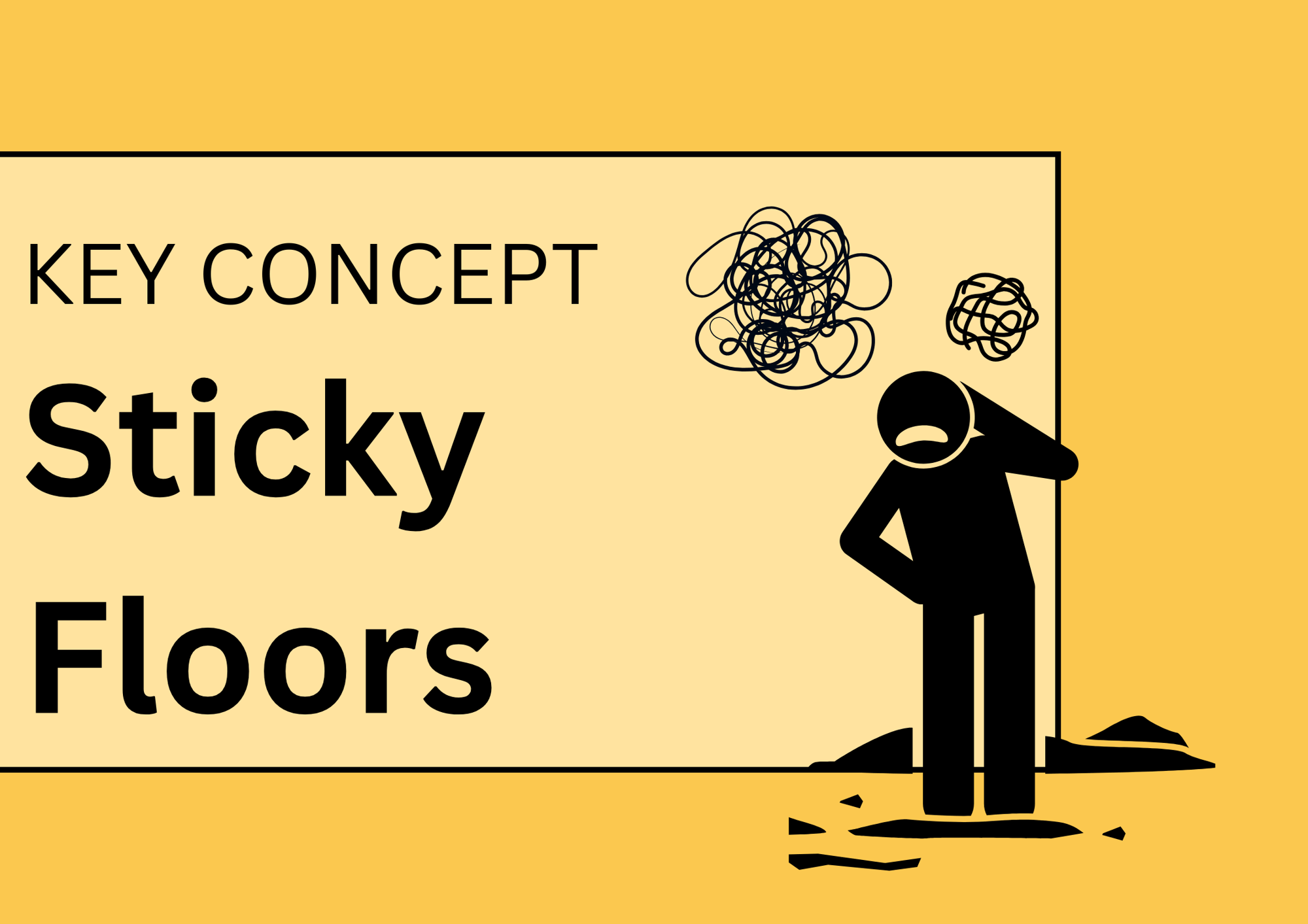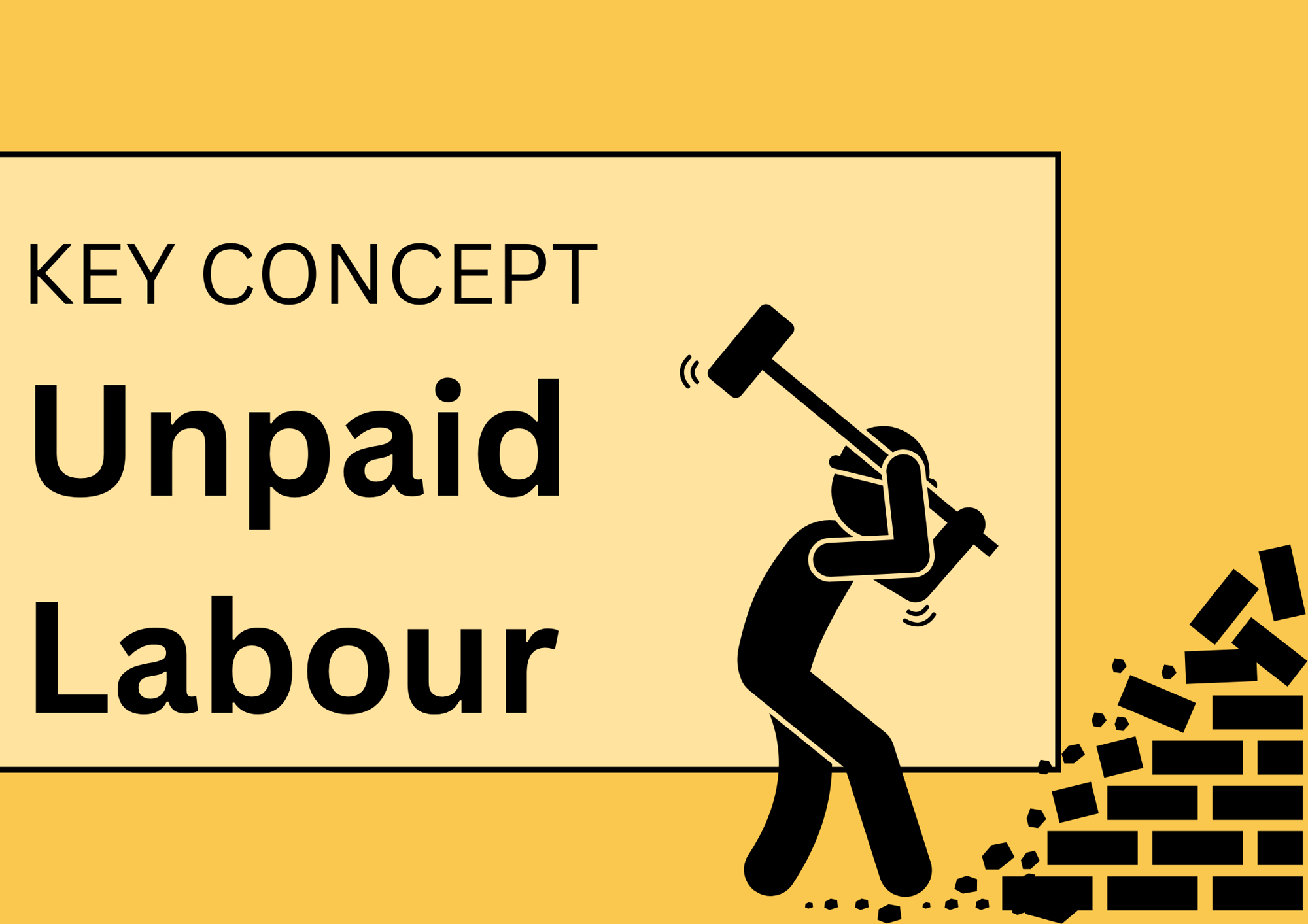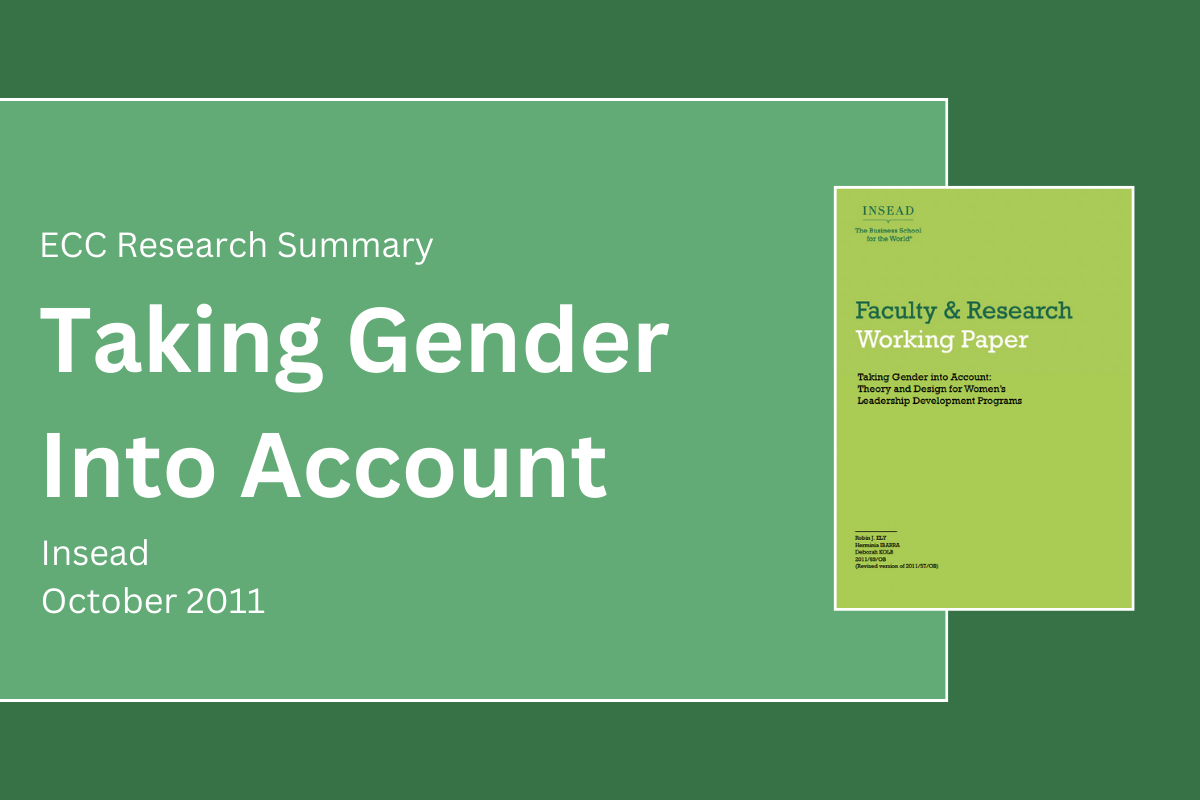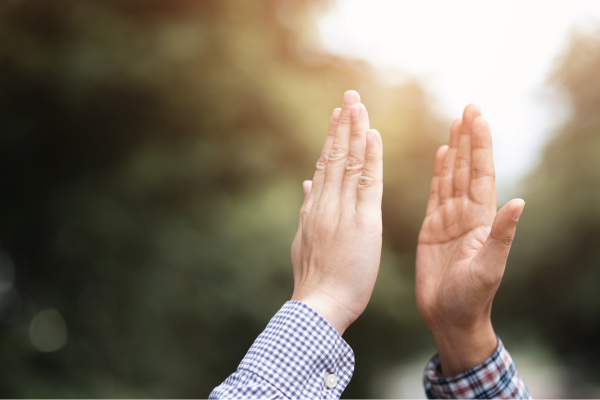2 min read
“Potential” and the Gender Promotion Gap for women
A Summary of the Promotion Bias Women Face Despite the strong performance of women in the workplace, their progression into senior roles...
Insights to help leaders and organisations thrive and drive growth & inclusion.
Geraldine Gallacher Keynote Speaker
Speaker, podcaster, author and master coach.
Our resource hub for working parents, carers and managers navigating work-life balance.
Real stories from leaders driving inclusion & equity in today’s shifting world.
Fortnightly insights on leadership, equity & the future of work. For senior leaders & curious thinkers.
A monthly digest of the shifts shaping how we lead and work.
2 min read
 Phoebe Rees | Research & Impact Manager
:
Sep 3, 2024 12:00:00 AM
Phoebe Rees | Research & Impact Manager
:
Sep 3, 2024 12:00:00 AM

Women in the workforce face a deeply embedded system of structural and cultural barriers that hinder their career progression. The expectation of full-time, always-available workers clashes with caregiving responsibilities, leaving mothers at a disadvantage. Bias against alternative work patterns, the limited part-time opportunities, and stagnant pay create a cycle where women must choose between career growth and family responsibilities—often at great financial and professional cost. Even those working full-time remain disadvantaged by a lack of transparency in recruitment, promotion, and pay decisions, reinforcing inequality, especially in male-dominated industries.
The 2019 rapid evidence review analyses 175 studies between 2000-2018 to determine what is stalling women’s progression in UK workplaces. This thorough review found unequivocally that the biggest barrier to women’s career progression was a conflict between current ways of organising work and caregiving responsibilities. The following barriers outlined below begin and end with the organisational norms and processes that systematically prevent mothers from progressing in their careers as they create a cycle of compounding barriers that leave them with few options to escape the penalties of motherhood.
The research found organisational norms towards working full-time, long-hours, associating constant availability with employee commitment, negatively impacted working mothers who struggle to adhere to these working patterns while being a caregiver. These organisational norms let gender bias seep into decision-making. Research showed that managers viewed women unfavourably for reducing hours or seeking flexible work. Seen as straying from the "ideal worker," the evidence found they faced steep pay penalties, especially when they worked below 40 hours a week.

Beyond the bias against those who utilise alternative working patterns, the evidence found that women who move towards part-time working, in search of better balance, face a long-term penalty on their career progression. Part-time roles are scarce and mostly limited to lower-wage jobs with few advancement opportunities, creating "sticky floors" that hinder women's career growth. While full-time workers see yearly wage increases, part-time workers, most of whom are women, face stagnant pay, worsening the gender pay gap.
Among workers in high occupational roles with opportunities for progression, the review found another main driver for gender disparity was a lack of clarity around the standards for recruitment, promotion or pay negotiation. In instances where there are no clear processes or criteria, social cloning comes into play, where decision-makers seek those who are similar to them or who fit the ‘ideal worker’ model. This particularly disadvantages women, as most of this occurs in male-dominated networks, that women struggle to access. This is particularly true of wage earnings, where a lack of transparency around pay makes it difficult for women to know how much they are earning in relation to their male peers.

The Sticky Floor is a way to visualise women in their career when they get stuck and don't materially progress - similar to the Glass Ceiling idea. Click here to find out more.

The Double Bind is the stigma women face when they pursue leadership: they become stuck between a rock and a hard place, locked into a bind. Click here to find out more.

Unpaid labour relates to women’s disproportionate responsibility regarding raising children and completing housework. Click here to find out more.

2 min read
A Summary of the Promotion Bias Women Face Despite the strong performance of women in the workplace, their progression into senior roles...

3 min read
A Summary of the Workplace Biases Women Face Leadership programmes have become a key component of the development opportunities major...

1 min read
What is a sponsor and why are they important for women in the workplace? Whilst many conflate sponsors with mentors, sponsors go further in...